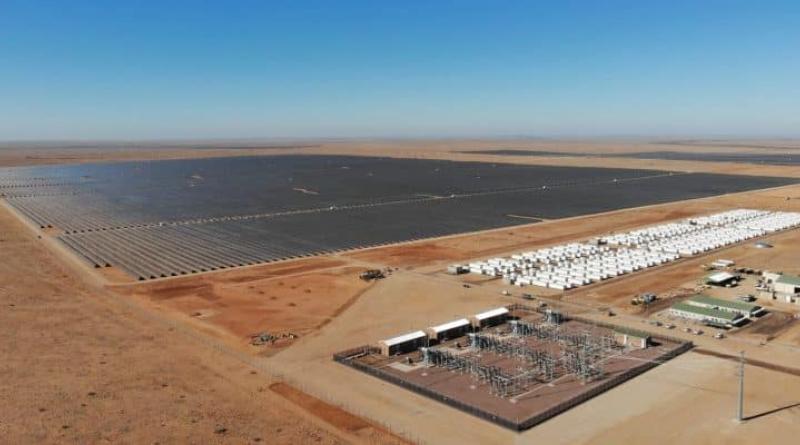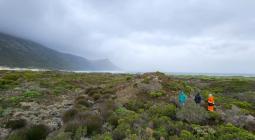SOUTH AFRICA: Kenhardt solar parks come into operation in the Northern Cape

In a context marked by load shedding in South Africa, the Norwegian independent power producer (IPP) Scatec and its partner H1 Holdings have started the operation of three Kenhardt photovoltaic solar power plants (540 MW) in the Northern Cape province.
The South African government wanted to quickly alleviate the electricity crisis facing the country by focusing on renewable energies. A little over a year after the start of construction of the Kenhardt solar power plants, Norwegian independent power producer (IPP) Scatec announces the start of electricity production in the Northern Cape province.
“Progressing from the development phase to construction, and now to commercial operation, has been an enriching experience. We are ready to generate electricity and play a vital role in advancing green energy production in South Africa,” says Jan Fourie, Scatec’s Executive Vice President for Sub-Saharan Africa. The Kenhardt project enabled the construction of three photovoltaic solar power plants over an area of 879 hectares.
Electricity storage
The facilities are equipped with one million solar panels with a combined capacity of 540 MW, as well as a storage capacity of 225 MW/1,140 MWh thanks to 456 battery units. According to Scatec, the Kenhardt plants will be able to provide “150 MW of energy dispatchable from 5 a.m. to 9:30 p.m. throughout the year to the national grid”.
“A hybrid solar and battery storage power plant integrates solar and battery technologies, overcoming intermittency issues and enhancing grid stability. Capable of providing reliable energy when there is little or no sunlight, integrated storage improves overall reliability ,” assures the company led by Terje Pilskog.
An investment of 1 billion dollars
Scatec injects the electricity produced into the network of the South African public company Eskom, within the framework of a 20-year power purchase agreement (PPC). Norwegian IPP has a 51% stake in the three solar power plants developed through the Risk Mitigation Independent Power Producers Procurement Program (RMIPPPP). The rest of the shares (49%) go to the South African company H1 Holdings, which is increasing investments in renewable energies within the rainbow nation.
The two partners relied on loans for the construction of the three solar power plants. The Kenhardt project was thus financed by the Standard Bank Group based in Johannesburg and by British International Investment (BII), the financial arm of British diplomacy.





